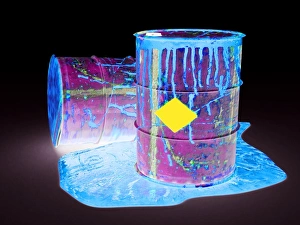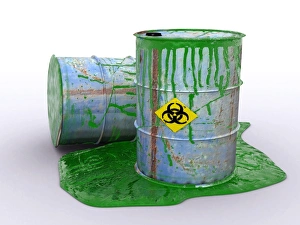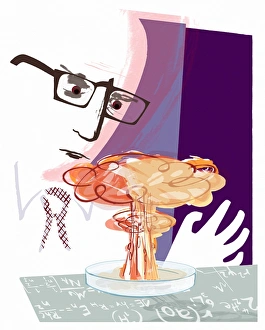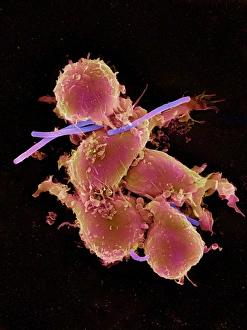Terrorism Collection (page 12)
"Terrorism: A Dark Legacy of Destruction and Fear" From the IRA bombing of the Houses of Parliament in Westminster to the devastating destruction of York Minster in 1829
All Professionally Made to Order for Quick Shipping
"Terrorism: A Dark Legacy of Destruction and Fear" From the IRA bombing of the Houses of Parliament in Westminster to the devastating destruction of York Minster in 1829, it has left its mark on history. This engraving captures the haunting aftermath, reminding us of the power these acts hold. But terrorism isn't limited to physical attacks alone; it can take various forms. The threat of biological hazards looms large, as seen in images like BUSN2A-00194 that depict scientists combating this silent enemy. Throughout time and across continents, it has reared its ugly head. In India during 1913, a nation mourned as innocent lives were lost to extremist ideologies. The Vickers Viscount stands as a symbol of resilience against such violence. Sometimes, terrorists resort to gruesome tactics, leaving behind chilling scenes like the body of a Malayan terrorist trussed to a stake—a stark reminder that their actions know no bounds. Yet amidst tragedy and despair, humanity's spirit shines through. As shown by a mourner kneeling before candles, flowers, and Christmas tree balls at Christmas time—symbols of hope—we refuse to let fear extinguish our light. The scars left by it can etched into landscapes forever altered. One World Trade Center rises defiantly from Manhattan's skyline—an enduring testament to resilience after September 11th—the day when terror struck close to home for many. Even historical records reveal moments when authorities thwarted anarchist conspirators in London or captured chilling snapshots like the dining room after an explosion at Russia's Winter Palace in 1880—a somber reminder that vigilance is crucial against those who seek chaos. In this battle against terror stood individuals like Sir Charles Tegart—a name synonymous with counterterrorism efforts—who dedicated his life defending innocent lives from harm's way. Terrorism may cast shadows over our world but we must remember that unity triumphs over division.
















